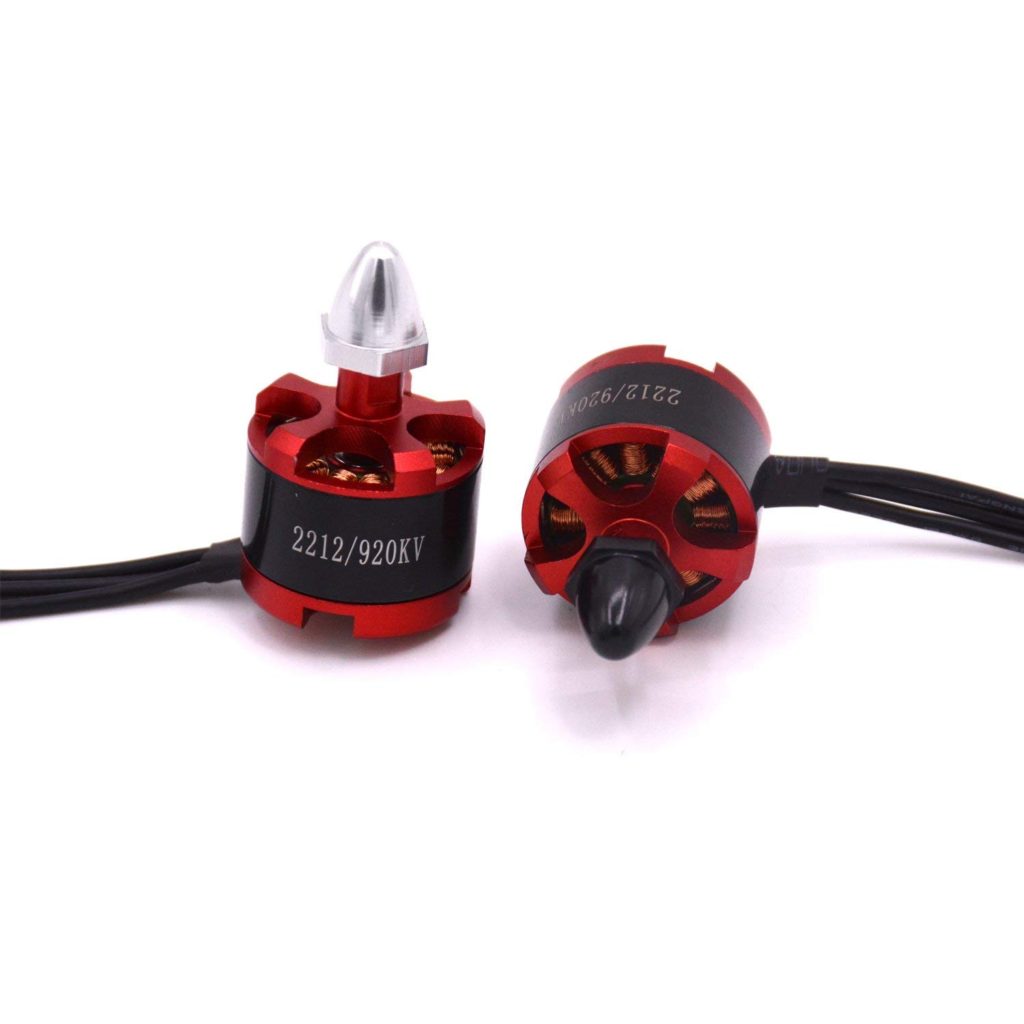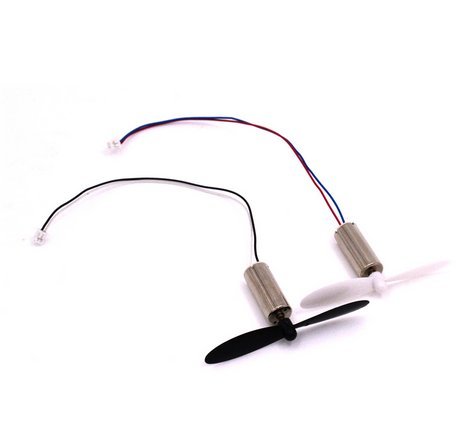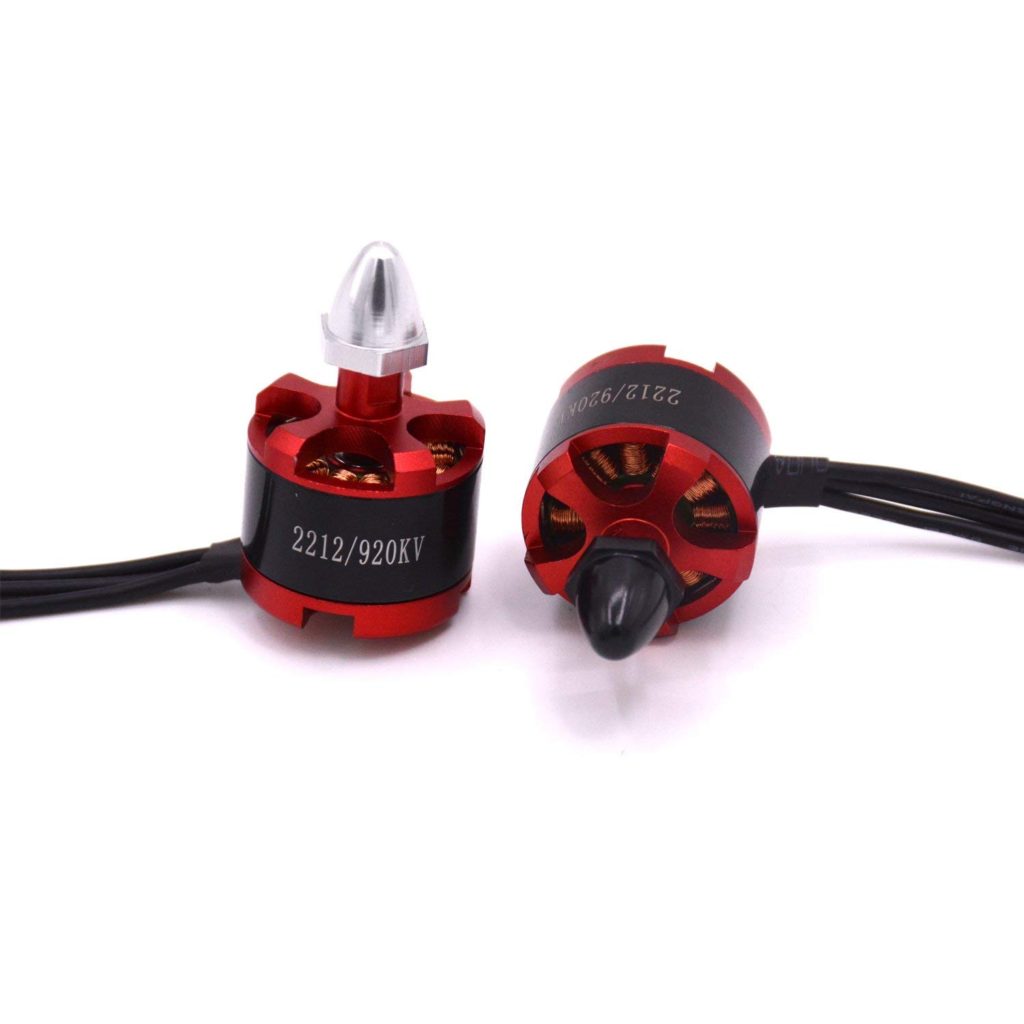The motor of a drone unit largely determines its aerial movements. It is important for you to know about the pros and cons of different types of drone motors so that you are in a position to judge which one suits your needs the best.
Brushed Motor and Brushless Motor
You might opt for a brushless motor or a brushed motor. There is not much difference between the internal working of the two motors. It primarily works on the basis of a temporary magnetic field, which is created by the energized windings. The force thus created is converted to shaft rotation. It is this shaft rotation which actually powers the motor. The shaft rotates and electric current is directed to different winding sets. It maintains the electromotive attraction/repulsion (created by the magnetic field around permanent magnets) – thereby pushing the rotor to turn.

Construction: Brushed Motor vs Brushless Motor
Though the internal working of the brushed and brushless motor is almost the same, there are other differences that you should know about. There are essential construction differences that shape the advantages and disadvantages of each type of motor. Make sure you are acquainting yourself with these differences.
A brushed motor is backed by brushes that are responsible for delivering current to the motor windings through commutator contacts. When you are considering brushless motor, you don’t have such commutator contacts to speak of. The field of the brushless motor is switched through an amplifier, triggered by a commutating device like an optical encoder. The rotating part of the brushed motor has the windings on them. The brushless motor has got the windings on the stator or the stationary part of the motor. The windings placed on the stator themselves act like the brushes.
The Difference
The Brushed DC Motors have rotating armature that functions like electromagnet having 2 poles. There is a rotary switch connected to it, which allows the reversal of the current direction for every half cycle so as to ensure that the poles can be pulled or pushed against the permanent magnet that’s linked to the exterior part of the motor. Brushed DC motors are primarily used as power tools for drones. As far as its lifespan is concerned it can actually serve you up to 1000 hours.
Brushless DC motors – of course – don’t have brushes but a permanent magnet powering the changes in polarity. These drones are used for the drone units that require higher rotation speeds to maneuver flights.
Brushed Motor: Advantages and Disadvantages
Brushed motors are generally known for their uncomplicated wiring. They can be simply connected to DC power and be controlled by something as simple as a switch.
They cost less than that of brushless motors.
They score low as far as energy efficiency is concerned. You have to keep investing in the maintenance of carbon crushes to ensure that it is consuming the right amount of energy and operating satisfactorily.
Since they are in continuous contact with the shaft, the commutators and brushes actually wear out sooner.

Brushless Motor: Advantages and Disadvantages
The brushless motor, on the other hand, guarantees longer lifespan since there is actually no brush to wear it out. They can work efficiently for more than 1000 hours. They are more energy efficient than brushed motor.
However, they initially cost higher than brushed motors as well. You need to commutate devices like encoders and controllers as well.
The brushed motor is electrically noisy whereas their brushless counterparts are way less noisy. Brushless motor also offers you higher torque to weight ratio. What more? There is no need to deal with ionizing sparks from the commutator and electromagnetic interference as well.
Best Sites to Buy Drones Online

